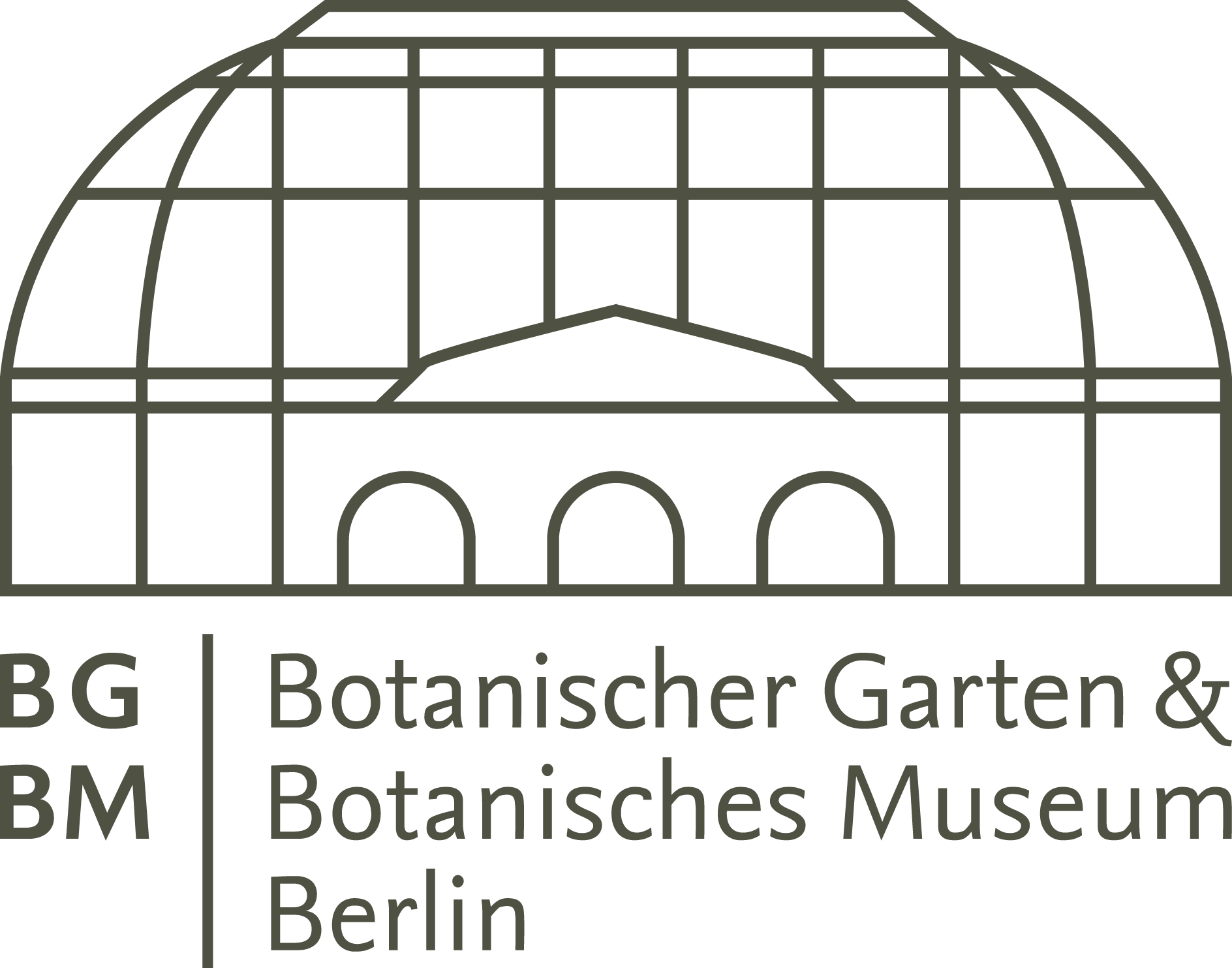Developing with the CDM Library
Table of Contents
- Integrating the CDM Library into a maven project
- Spring applications with the CDM Library
- Developing the CDM Library with Eclipse
- Getting started with the cdmlib based web services
- Where do I go from here?
Note: The CDM Library uses Apache Maven for dependency management. If you are not familiar with that please take a look at the developer resources on the wiki. In case you run into problems, you might want to check Troubleshooting or contact editsupport@bgbm.org directly.
Integrating the CDM Library into a maven project
To integrate the CDM Library into your personal maven project pelase add our maven repository to your POM: http://cybertaxonomy.eu/mavenrepo/. To use the cdmlib-service package add the following dependency to you POM (adapt the right version number !!):
<dependency>
<groupId>eu.etaxonomy</groupId>
<artifactId>cdmlib-services</artifactId>
<version>x.x</version>
</dependency>Spring applications with the CDM Library
In your own applicationContext.xml you can simply import the cdm service spring beans from the library. In addition it also needs a datasource bean and a hibernateProperties bean specific for that datasource. The CDM Library comes with an embedded hypersonic database that is super easy to use. All you need to do is to import that hsql specific spring configuration like this:
applicationContext.xml
<?xml version="1.0" encoding="UTF-8"?>
<beans xmlns="http://www.springframework.org/schema/beans"
xmlns:xsi="http://www.w3.org/2001/XMLSchema-instance"
xsi:schemaLocation="http://www.springframework.org/schema/beans
http://www.springframework.org/schema/beans/spring-beans-2.5.xsd">
<import resource="classpath:/eu/etaxonomy/cdm/services.xml" />
<import resource="classpath:/eu/etaxonomy/cdm/hsql-datasource.xml" />
</beans>In case you want to define the datasource within your own applicationContext you can surely do so. For a typical mysql database it looks like this:
applicationContext.xml
<?xml version="1.0" encoding="UTF-8"?>
<beans xmlns="http://www.springframework.org/schema/beans"
xmlns:xsi="http://www.w3.org/2001/XMLSchema-instance"
xsi:schemaLocation="http://www.springframework.org/schema/beans
http://www.springframework.org/schema/beans/spring-beans-2.5.xsd">
<import resource="classpath:/eu/etaxonomy/cdm/services.xml" />
<bean id="dataSource"
class="org.springframework.jdbc.datasource.DriverManagerDataSource">
<property name="driverClassName" value="com.mysql.cj.jdbc.Driver"/>
<property name="url" value="jdbc:mysql://192.168.2.10/cdm_build"/>
<property name="username" value="cdm_user"/>
<property name="password" value="why_do_i_need_this"/>
</bean>
<bean id="hibernateProperties"
class="org.springframework.beans.factory.config.PropertiesFactoryBean">
<property name="properties">
<props>
<prop key="hibernate.hbm2ddl.auto">validate</prop>
<prop key="hibernate.dialect">org.hibernate.dialect.MySQLDialect</prop>
<prop key="hibernate.cache.provider_class">
org.hibernate.cache.NoCacheProvider
</prop>
<prop key="hibernate.show_sql">false</prop>
<prop key="hibernate.format_sql">false</prop>
</props>
</property>
</bean>
</beans>Developing the CDM Library with Eclipse
To use the entire CDM Library with Eclipse, you must meet the following prerequisites:
- Maven 3 commandline tools. Follow the instruction to install maven on your local machine. See for installation instructions.
- Git
- Java JDK >= 1.8 (JRE is not enough) and JAVA_HOME is set to JDK path
Preparing the CDM Library
Start by checking out the source code from the git repository:
$ git clone https://dev.e-taxonomy.eu/git/cdmlib.git $ git clone ssh://git@dev.e-taxonomy.eu/var/git/cdmlib.git
Change into the cdmlib directory, compile and install the cdmlib packages in your local repository. This will also download the dependencies into your local repository. You will need to configure the MAVEN_OPTS environment variable to configure JVM memory (-Xmx600M). The below example commands uses the 'export' command which is available in most default shells in Linux.
$ cd cdmlib $ export MAVEN_OPTS=-Xmx600M $ mvn install
Let maven create project dependencies and Eclipse metafiles (.project s.o.)
$ mvn eclipse:eclipse
Configuring Eclipse
- Setup a new Eclipse workspace (where ever you want but using the cdmlib folder may be comfortable)
- In Eclipse preferences (not project properties) set a java class variable called M2_REPO, pointing to your local repository.
- Eclipse Preferences: Java -> Build Path -> Classpath
- Click New. In the upcoming dialog, enter M2_REPO as the variables name and browse the filesystem for the location of the maven repository
- In OSX for example /Users/USERNAME/.m2/repository
- In WinXP for example C:\Documents and Settings\USERNAME\.m2\repository
- Import the cdmlib projects:
- In Eclipse open the Import Wizard: File -> Import -> General -> Existing Projects into Workspace
- Choose "Select root directory". Click "Browse" and navigate to your cdmlib folder and confirm the file dialog.
- The projects should now show in the Import Wizard window. Select the projects you want wo work on (usually all) and hit OK.
Getting started with the cdmlib based web services
A good starting point for getting familiar with the cdmlib based web services is this documentation on the cdm-server in general, and the documentation on the CDM REST API. Usually you will be mostly interested into the generic API Service which exposes more or less one to one the service layer of the CDM architecture to the web.
If you want to take a look at the code, the almost all of the web service implementation is found in the maven sub module cdmlib/cdmlib-remote. Inside this module the controllers are found in /src/main/java/eu/etaxonomy/cdm/remote/controller. The serialization to json and xml is done by JSON-lib but we might switch to Jackson in the future. Beans which support the serialization are found in /src/main/java/eu/etaxonomy/cdm/remote/json, and last but not least you will also be interested into the configuration which ties everything together: /src/main/resources/eu/etaxonomy/cdm/remote/json/jsonConfigurations.xml The maven module module cdmlib/cdmlib-remote only contains the views and the controllers. All parts (mostly configuration) required to let it run in a web application context are contained in another module cdmlib/cdmlib-remote-webapp, this module actually is run as a server instance by the cdm-server, configuration files are found in /src/main/webapp/WEB-INF/
Where do I go from here?
Now that you have integrated or installed the CDM Library you are probably looking for documentation on how to develop with it. A good start is to read the reference documentation of the CDM Library. The UML diagrams are also a good starting point to get familiar with the structure of the Common Data Model itself or consult the javadoc for the API documentation. Please also have a look at the general information and further information about coding with the CDM Library in the development wiki.



